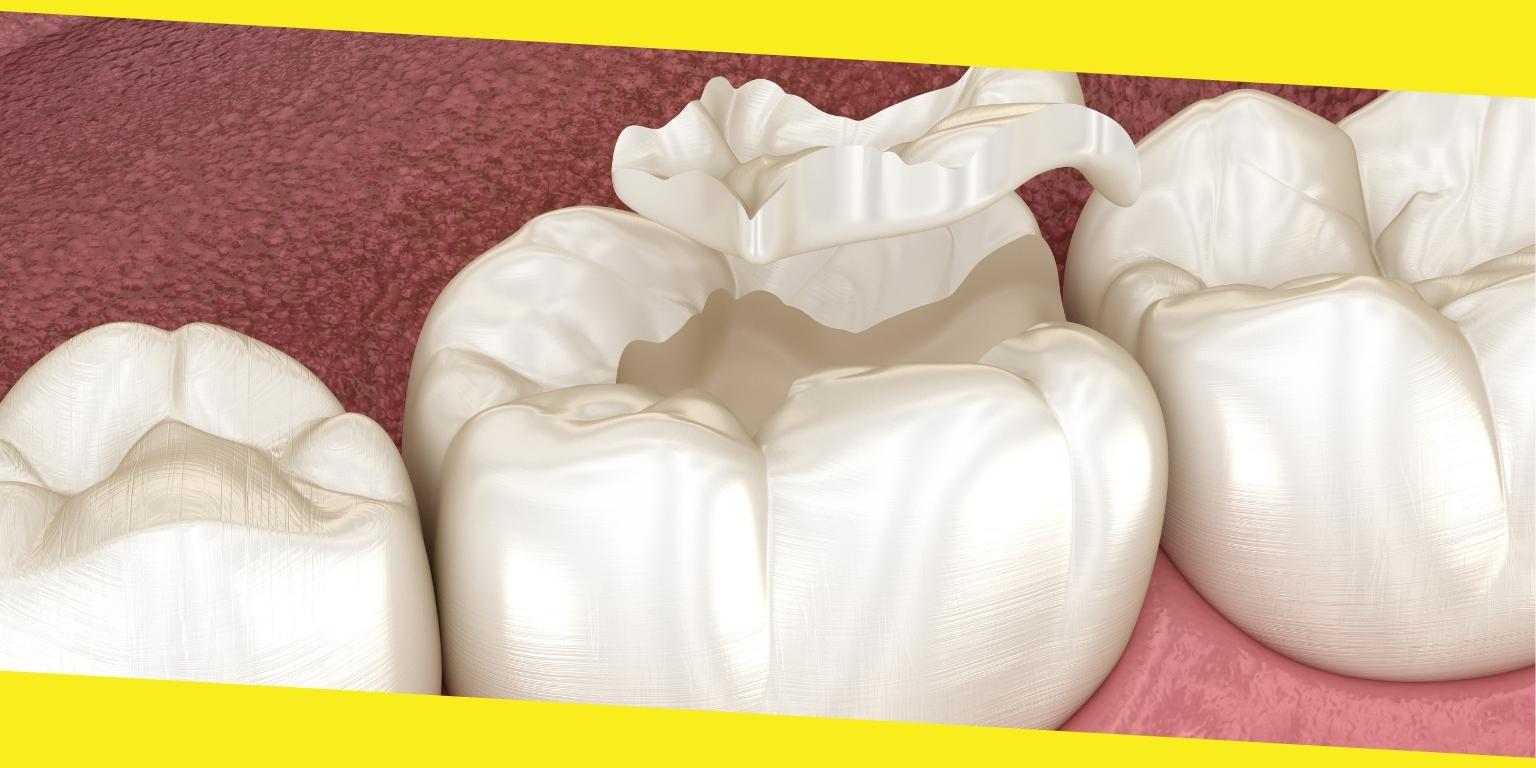
Inlay restorations are a type of dental restoration designed to replace missing tooth structures. The loss of underlying tooth structure can be caused by decay, oral cancer, or trauma to the teeth. An inlay is created by a dental lab technician by hand-shaping a porcelain shell with the help of an impression from your mouth. This porcelain shell is then bonded onto the teeth that surround it, providing strength and durability for your smile.
You can go to a Fairfield, ME family dentistry clinic to learn more about inlays. Inlays are especially popular among those who have had oral surgery because all of the space that the tooth replacement would have occupied can be utilized. They are also useful for individuals who need a bridge to replace a missing tooth that is anywhere from just above or just below the gum line.
Here are reasons for you to consider inlay restoration.
1. Broken or fractured teeth
Sometimes a tooth will fracture or break in half. In such a case, you may need to have an inlay covering the damaged area. Inlays are one of the strongest types of restorations that you can get. They can be especially helpful if your broken tooth is close to your biting edge because conventional crowns may not be able to hold the structure while you chew, speak and smile.
2. Cosmetic enhancement
Inlays may enhance the appearance of your smile. People with perfect dental records can consider inlays for crowns or bridges of any missing teeth, including upper front teeth, upper lateral incisors, and lower lateral incisors. You can have a dentist from Fairfield, ME, to evaluate your needs and then schedule an appointment at the dental lab for a consultation and a mock-up.
3. Decayed teeth
A tooth that is severely decayed may need to be extracted. Implanting the root of a decayed tooth in an inlay can prevent the destruction of your facial or oral tissue and help you recover faster. Inlays are also useful for individuals who have a mixed dentition or who have teeth that are affected by dental caries (cavities). They can be used to cover all teeth or only some teeth.
4. Fractured fillings
A fractured filling is a sign of poor oral hygiene. If a surface-level filling is damaged or broken and the tooth underneath it becomes infected, an inlay can be placed over the decayed area to ensure that any possible infection is kept from spreading.